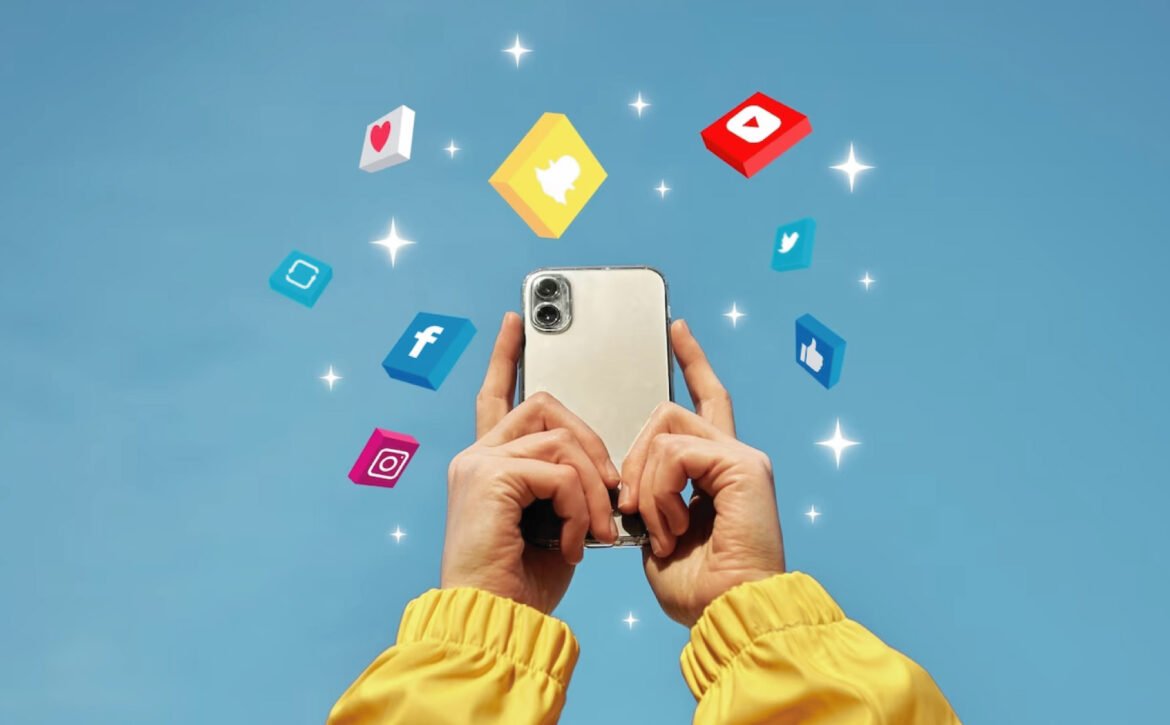Debunking Content Marketing Myths
Explore the truth behind common content marketing myths in 2024.
Table of contents
1. AI is Not Human
2. Impact of Content Length on Engagement in 2024
3. SEO Still Essential in 2024
Alright, so here’s the deal: undoubtedly, content marketing will remain in the spotlight in 2024, attracting customers and keeping them interested even when they are bombarded with loud ads and misinformation. However, the question is, with numerous AI tools popping up left, right, and center that help in content curation, it does not make it difficult, even for inexperienced bloggers and public speakers, to keep track of what content marketing really is about. This confusion gives birth to many myths about where efforts should be targeted. Let’s clear some of that up.
1. AI is Not Human
AI has really changed the game for content creation, especially in video production. It helps speed up tasks like editing and even suggests ideas by analyzing tons of data. This enables them to have a more efficient way of producing, and in return, it provides them with more room to focus on the enjoyable, creative aspects of the plot. However, even with all of its impressive techniques, AI cannot substitute for the distinctive human factor.
Human authors possess a unique bond with their audience that cannot be imitated by AI. Their creativity brings in the components of originality, intuition, and empathy, unlike the clarity and rationale of the machines. In contrast to the fear of AI taking over, it is more the case that we look at AI as a partner that can support and boost our productivity.
The combination of AI’s efficiency and our human creativity gives us the possibility to produce some outstanding content. Concisely: No, it’s not about AI versus humans in 2024; it’s about how the two can work hand in hand to produce the best content possible.
2. Impact of Content Length on Engagement in 2024
Content length impacts engagement differently based on the context and audience. Today, both short-form and long-form content play vital roles. The lengthy material has a propensity to be more popular in search engines and, hence, attracts an even larger audience because of its depth and creates enhanced interaction.
On one hand, short-form content and videos that last less than 10 minutes are made to fit on social media platforms such as Instagram, TikTok, and others, as their target audience has a short attention span. They yield concise content that resembles what fast-paced audiences watch and listen to. To optimize content strategy, it’s crucial to balance both types to meet diverse audience preferences and achieve marketing goals effectively.
3. SEO Still Essential in 2024
The topic of SEO remains relevant in 2024, with trends shifting and adjusting to incorporate shifts like voice search optimization and AI-fueled analytics. It is necessary to stay on top of the most recent SEO strategies to be able to influence the target audience in an efficient way, even in relation to video content.
ChatGPT may be quite competent in natural language processing and the generation of text responses, but it cannot understand search intent as well as humans can. Search intent involves understanding the specific motivations or queries behind online searches, which often requires a deep understanding of context, culture, and current trends. Therefore, while AI can play a significant role in optimizing video content for SEO by suggesting keywords, crafting descriptions, or spotting trends, human input remains vital for creating content that resonates authentically with the audience’s unique needs.
Lastly, with the ever-changing nature of content marketing, marketers need to keep modifying their strategies and revisiting the factors that influence the two key aspects, namely, engagement and success. Moving past these myths, marketing content can be more successful and can act as glue that connects the brand with the target audiences in a significant and meaningful way.
Visit Our SalesMarkBlog Section to Uncover the Sales Strategies That Ignite Your Sales Journey!




